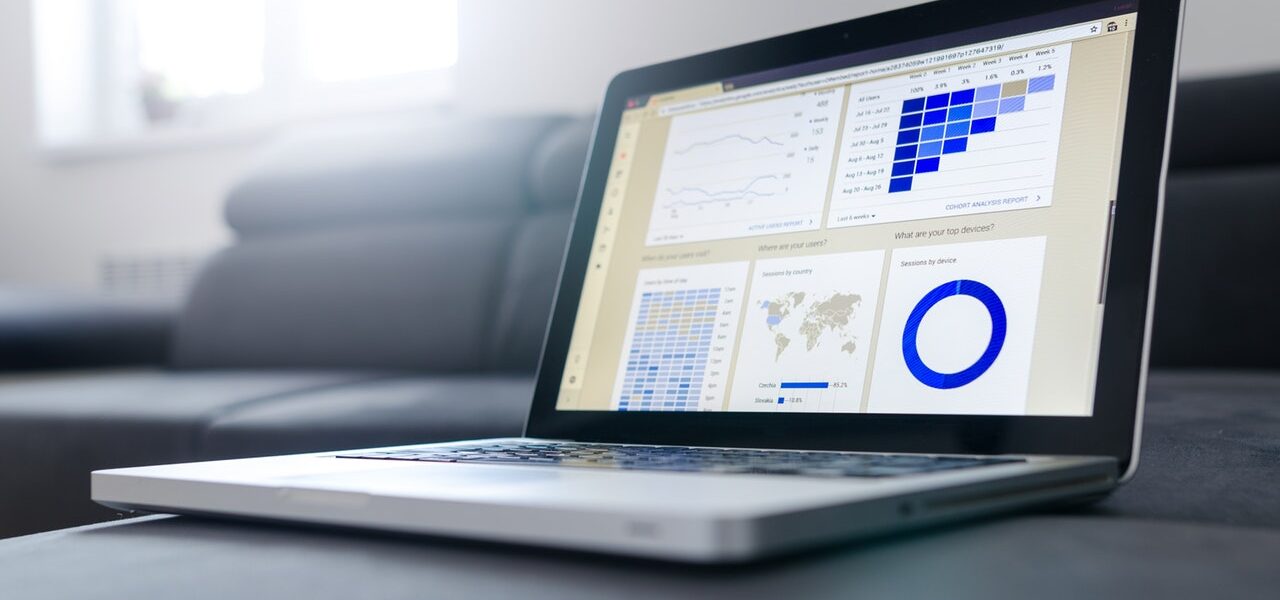A new feature called Device Analytics improves the business Wi-Fi experience for client devices to guarantee an uninterrupted connection. Analyzing the behavior of wireless client devices is made easier using this feature’s data analytics capabilities. Data is transmitted between the client device and the controller and AP when device profiling is turned on in the controller. To protect the device, this data has been encrypted using AES-256-CBC.
What is Data Analytics?
Using IoT device data, the device data analytics provides one-stop services including data integration, cleansing, and storage as well as data analytics and visualization. The unlimited data value may be explored quickly and readily via development.
Features to look for:
- The integration of several data sets.
IoT data analytics relies on a variety of data sources. Analyzing data necessitates the definition of a minimum of one source of data.
- Product data source: Data from your goods. Only one product may be selected for each data source.
Data sources from your cloud development projects are included here. You should keep in mind that you need to have at least one cloud development project built before you begin. In your cloud development project, set up your assets, including devices and space, if you wish to manage them.
- In computer science, data processing is the process of
Obtaining information from a certain data source. Flink SQL code editing or low-code graphical user interfaces may be used to set rules. Exception data can be filtered, data may be enhanced and aggregated and fields can be removed as required.
Users of billing services may utilize the processed data to specify how Kafka and MQTT messages are stored and generated.
- Archiving of digital information
In the world of data storage, there are three kinds of tables to choose from:
Using real-time tasks to build table structures is known as “real-time table” computing. Write data to the table in real-time as it is processed.
Dimension association is performed using an offline table. There is just one. Support for CSV files is available.
- Table of time-series data: If you want to analyze historical data, you’ll need a database that stores time series of values.
- Providers of online information
- Panels and programs may contact data APIs that encapsulate data saved in the cloud. APIs come in two flavors:
Visualization of data on a panel is made possible through the Panel API.
A third-party developer may access the application’s API. Currently, only cloud-to-cloud communications are supported.
- Advantages
- Development without the Use of Code
Within 15 minutes, you may finish the whole procedure from data processing to API customization.
- Fusion of different datasets
Predictive maintenance and OLAP analysis may be achieved by integrating diverse data sources, such as device logs, customers’ data sources, and customizable dimension tables, into a single data model.
- Analytical and Storage Technologies at a Low Cost
The device log data produces no traffic costs in the same availability zone as the device. Optimizing IoT time-series data storage reduces the storage cost.
- The Asset Model
The Cloud Development parts of the IoT Development Platform’s device asset characteristics may be utilized in the Data Analytics Platform without a hitch.
- Visualization of Multiple Situations
Create a dashboard by processing and storing the data. In addition, the tables may be used in a wide range of applications.
- A Predictive Modeling.
Complete feature engineering using stream processing. Predictive maintenance models may be used to provide real-time online forecasts.
These devices can be used for smart home automation.
- Development
Get up and running with data analytics in no time.
- Set up the Data Source.
Subscribing to products, cloud-based projects, and custom data sources are necessary to configure the data sources.
- Processing of Data
Low-code and coding techniques may be used to conduct data filtering, aggregation, dimension association, and other transformations. Machine learning algorithms may also be customized to produce predictions.
- Data Retention and Transmission
The processed data may be stored in a variety of ways to meet the needs of various applications, and it can then be sent through a message queue.
- Analyzing and Displaying Information
Analyze the stored data using OLAP and create a custom dashboard to show the results. One can use it even for a smart drying rack in the kitchen.
- Services for storing and processing data
The panel may be used to invoke custom APIs based on the saved data. Other programs may make use of the data API.










